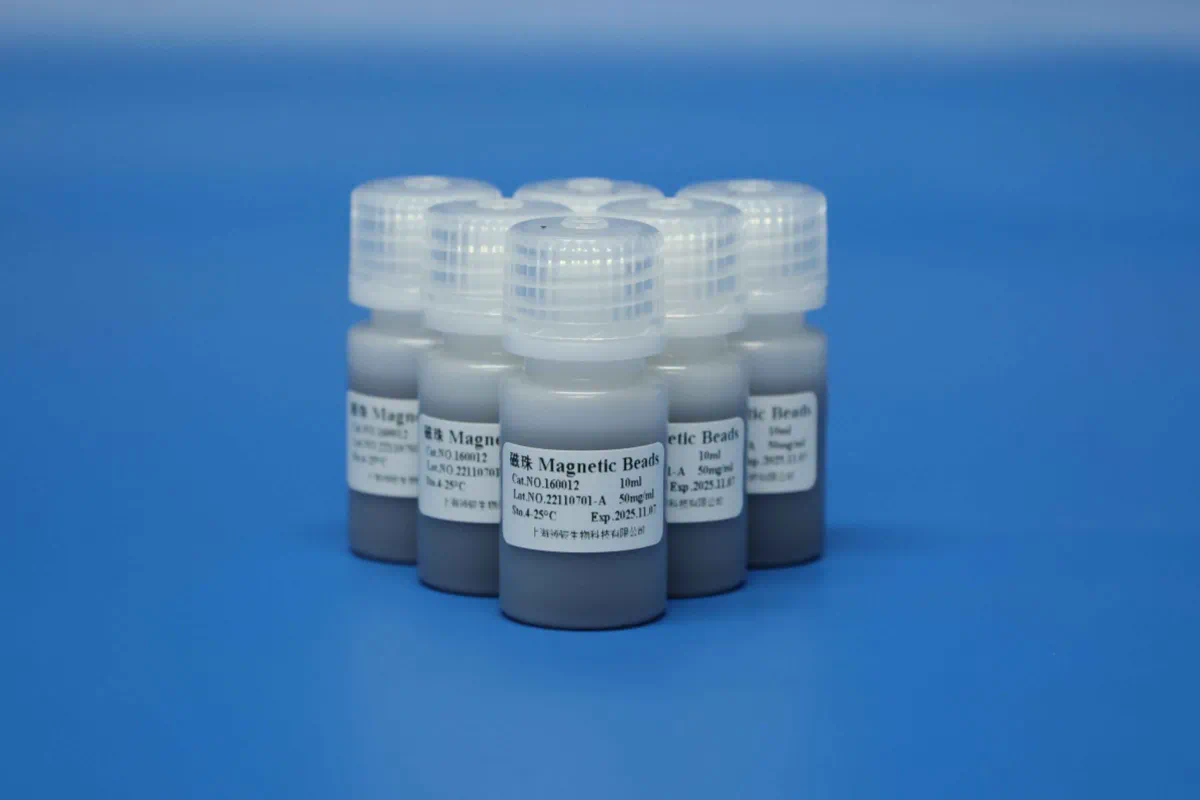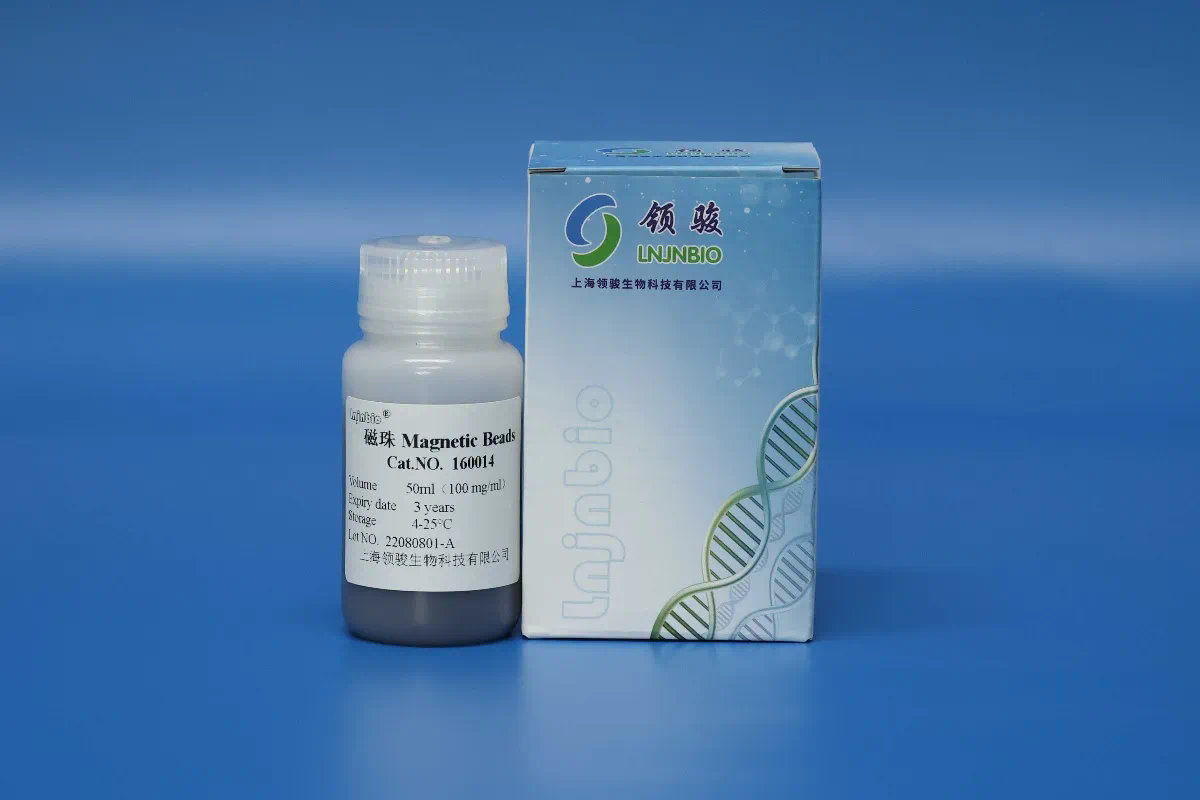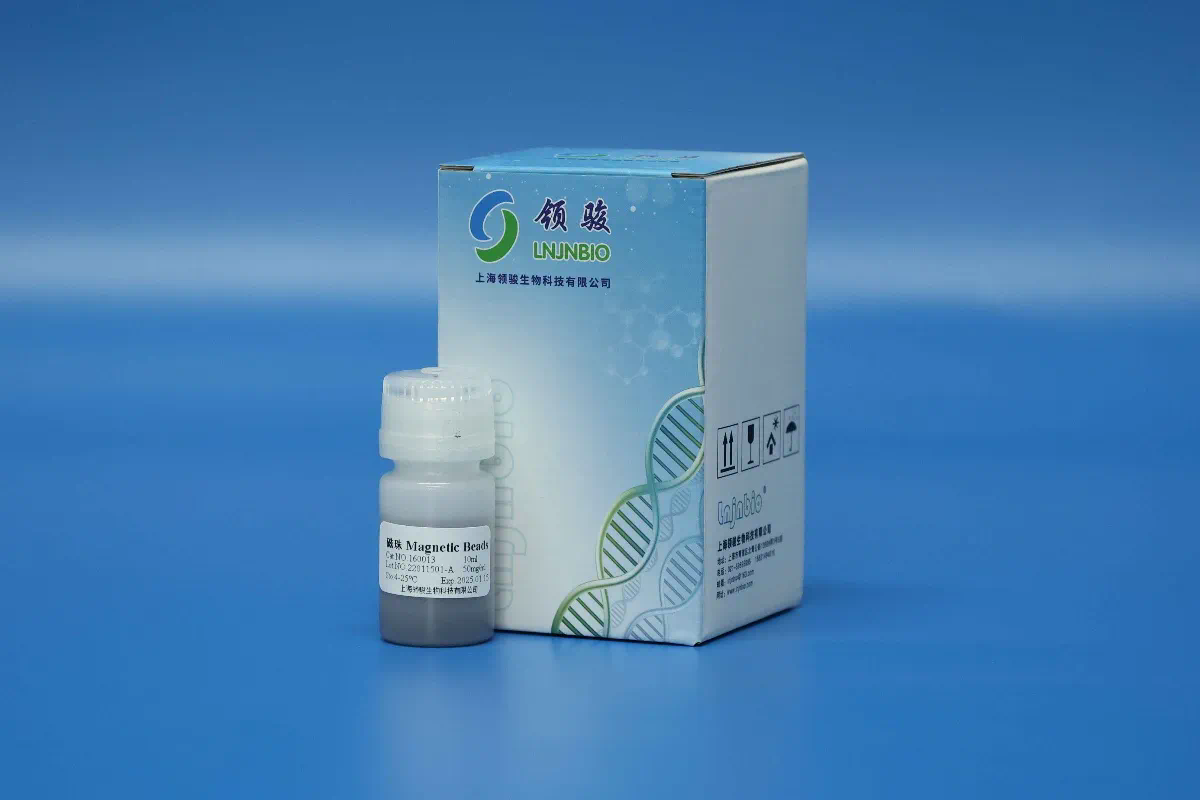Optimization of the Whole Process of Free Nucleic Acid Extraction and Case Sharing
In recent years, the extraction of free nucleic acids from various biological samples has gained significant attention in molecular biology and clinical diagnostics. swab-like nucleic acid extraction The ability to efficiently isolate nucleic acids, particularly cell-free DNA (cfDNA) and RNA, holds immense potential for applications ranging from cancer diagnostics to prenatal testing. This article aims to explore the optimization of the entire process of free nucleic acid extraction, focusing on methods, challenges, and innovative approaches that enhance yield and purity.
Free nucleic acids are found in various biological fluids such as blood, urine, saliva, and cerebrospinal fluid. They can provide critical information about genetic material shed from cells, making them valuable biomarkers for disease monitoring and diagnosis. Given the complexity of biological matrices, optimizing extraction protocols is paramount for reliable results.
The extraction process typically involves several key stages: sample collection, lysis, purification, and quantification. Each stage presents unique challenges that can impact the overall efficiency of nucleic acid retrieval.
Sample Collection
The first step in the extraction process is sample collection. Proper collection techniques are crucial to minimize contamination and degradation of nucleic acids. For blood samples, using appropriate anticoagulants such as EDTA or citrate can prevent coagulation and preserve nucleic acids. Additionally, timely processing of samples is essential; prolonged storage at room temperature can lead to nucleic acid degradation.
In cases where urine or saliva is collected, it is important to use sterile containers and avoid contamination with microbial nucleic acids. Standardized protocols for sample collection not only enhance reproducibility but also improve the quality of extracted nucleic acids.

Lysis
Lysis is a critical step that facilitates the release of nucleic acids from cells. Various lysis buffers containing detergents, salts, and enzymes are available, each with specific properties suited to different types of samples. For instance, proteinase K is a commonly used enzyme that digests proteins, aiding in the release of nucleic acids.
Optimizing lysis conditions—such as temperature, incubation time, and buffer composition—is vital for maximizing yield. For example, increasing incubation time can enhance lysis efficiency but may also increase the risk of nucleic acid degradation. Therefore, a balance must be struck to ensure effective lysis while preserving nucleic acid integrity.

Purification
Following lysis, the purification of free nucleic acids is essential to remove contaminants such as proteins, lipids, and inhibitors that can interfere with downstream applications. Several methods exist for this purification step, including organic extraction, silica-based column methods, and magnetic bead-based techniques.
Silica-based column methods are popular due to their simplicity and speed. However, optimizing the washing steps is crucial, as incomplete removal of contaminants can trace DNA extraction and purification affect the quality of the final product. Magnetic bead-based methods offer another alternative, allowing for selective binding of nucleic acids while minimizing contamination.
Quantification

After purification, accurately quantifying the extracted nucleic acids is necessary to assess yield and purity. Spectrophotometry is a common technique used for this purpose, providing information on nucleic acid concentration and purity ratios (A260/A280). Fluorometric methods, using dyes that specifically bind to nucleic acids, offer higher sensitivity and specificity, making them suitable for low-concentration samples.
Case Study: Optimization in Action
To illustrate the impact of optimization in free nucleic acid extraction, let us consider a case study involving the extraction of cfDNA from plasma samples of cancer patients. The initial extraction protocol yielded suboptimal amounts of cfDNA, necessitating a comprehensive review and modification of the existing procedures.
By implementing several optimizations—including the use of a specialized lysis buffer, increasing incubation times, and adopting a magnetic bead-based purification method—the team was able to significantly enhance the yield of cfDNA. Subsequent analysis showed improved quality, with higher concentrations of cfDNA detected, facilitating better downstream applications such as next-generation sequencing.
Challenges in Optimization
Despite advancements in extraction methodologies, several challenges persist. One major issue is the presence of inhibitors in biological samples that can hinder enzymatic reactions during downstream applications. Identifying and removing these inhibitors is an ongoing area of research.
Moreover, variability in nucleic acid concentration across different biological samples can complicate standardization of extraction protocols. Therefore, developing robust methods that can adapt to diverse sample types remains a priority.
Innovative Approaches
To address these challenges, researchers are exploring novel approaches such as microfluidics, which allows for rapid processing of small sample volumes, potentially reducing the impact of inhibitors. Furthermore, automation of extraction processes is gaining traction, enabling high-throughput applications that streamline workflows and minimize human error.
Another exciting avenue is the integration of machine learning algorithms to optimize extraction protocols based on real-time data. By analyzing patterns in extraction efficiency, these algorithms can suggest modifications tailored to specific sample types, enhancing overall performance.
Conclusion
The optimization of free nucleic acid extraction is a vital area of research with significant implications for molecular diagnostics and biomarker discovery. By addressing the challenges inherent in sample collection, lysis, purification, and quantification, researchers can enhance the yield and quality of extracted nucleic acids.
As we continue to refine these processes through innovative techniques and a deeper understanding of biological complexities, the potential applications of free nucleic acids in clinical settings will undoubtedly expand. The case studies presented highlight the tangible benefits of optimization—improved diagnostic capabilities and enhanced patient outcomes.
In summary, the quest for efficient and reliable methods of free nucleic acid extraction is far from over. Collaborative efforts between researchers, clinicians, and technologists will be essential in driving forward advancements that can ultimately transform the landscape of molecular diagnostics.
https://abcicon.com/
